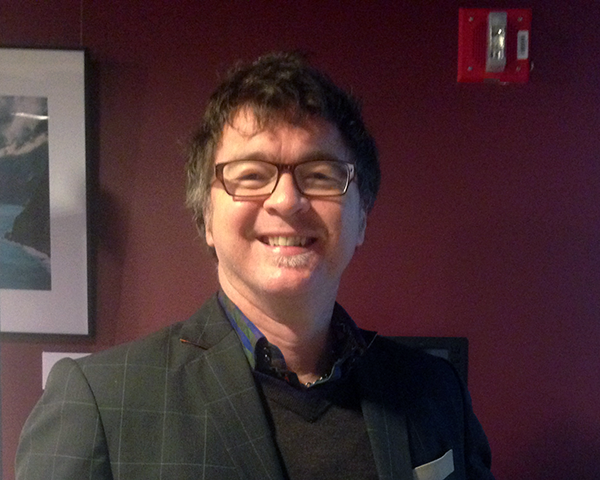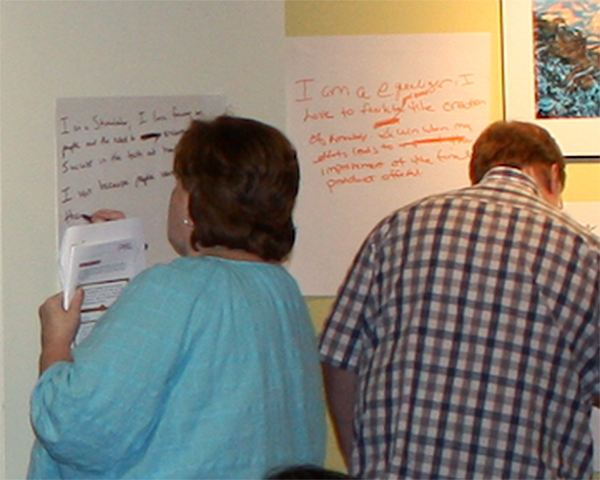This past week saw a number of groups participating in StandOut, a strengths assessment program designed by Marcus Buckingham, who is a business consultant and researcher.
Strengths, according to this program, are defined as things that energize, or invigorate a person. Normally a strength is designated as something a person is good at. In this case, strengths are tasks which a person is not necessarily good at, but which they focus all of their energy into performing.
As an example, if I really enjoy rolling around in Service-Now while handling ticket assignments, that would be considered a strength. These strengths “make time fly” while you are doing them. We all have these types of activities in our jobs. The key is recognizing them and then emphasizing those tasks in our daily routines.
Our instructor, Ron Culp, was from Kalamazoo, Michigan. Leaving his newly adopted Yorki behind, he shared not only pictures of his dog in festive sweaters, but a methodology to help us identify our strengths. Using the StandOut online assessment taken ahead of time, each person was ranked in a series of 9 Roles:
- Advisor – reacts to and solves the problems of others
- Connector – a catalyst to make things better
- Creator – creates better configurations of the world
- Equalizer – keeps the world in balance
- Influencer – uses the power of persuasion
- Pioneer – remains optimistic during uncertainty
- Provider – gives others a voice to act
- Stimulator – elevates the emotions of others
- Teacher – unleashes the potential of others
We learned that everyone exhibits various aspects of all of these roles. The difference between us is just a matter of how strongly the roles present themselves in our daily activities. The StandOut program focuses on your top two roles as the primary identifiers of your strength patterns. For example, the Student Services team in ATS has a large percentage of Advisors making up their team.
The sessions included time to review your results with your team and learn how to best take advantage of their strengths. You may not necessarily realize that the person sitting next to you is a great Connector, someone who seems to always know who to go to or what resources you might need to pull from for a project. Or perhaps he is a Pioneer, someone who likes to blaze new trails and come up with new ways to approach a situation.
Taking the time to sit down and have an open dialog about what energizes a person to perform has opened a new host of possibilities for the teams involved. Some teams talk to each other constantly. These conversations sometimes hold nothing of consequence other than current or future projects. Sometimes these conversations provide brief glimpses into the inner workings of the person next to you.
StandOut allowed each team to have one of those “inner workings” conversations, but on a whole new level. Think about the times you learn something new about your teammates. Now imagine how you could improve productivity if you and your colleagues had a strong understanding of each others’ skills and passions. This is the goal of StandOut.
The group conversations held during this two day event left people feeling energized and good about themselves and the potential for the future. Everyone developed new ideas on how to approach projects and who to connect with when a particular project comes down the pipe. We left with insight and tools that will allow us to better identify what kinds of tasks will help our day “fly by.” We left with self-awareness. We left with strength.


